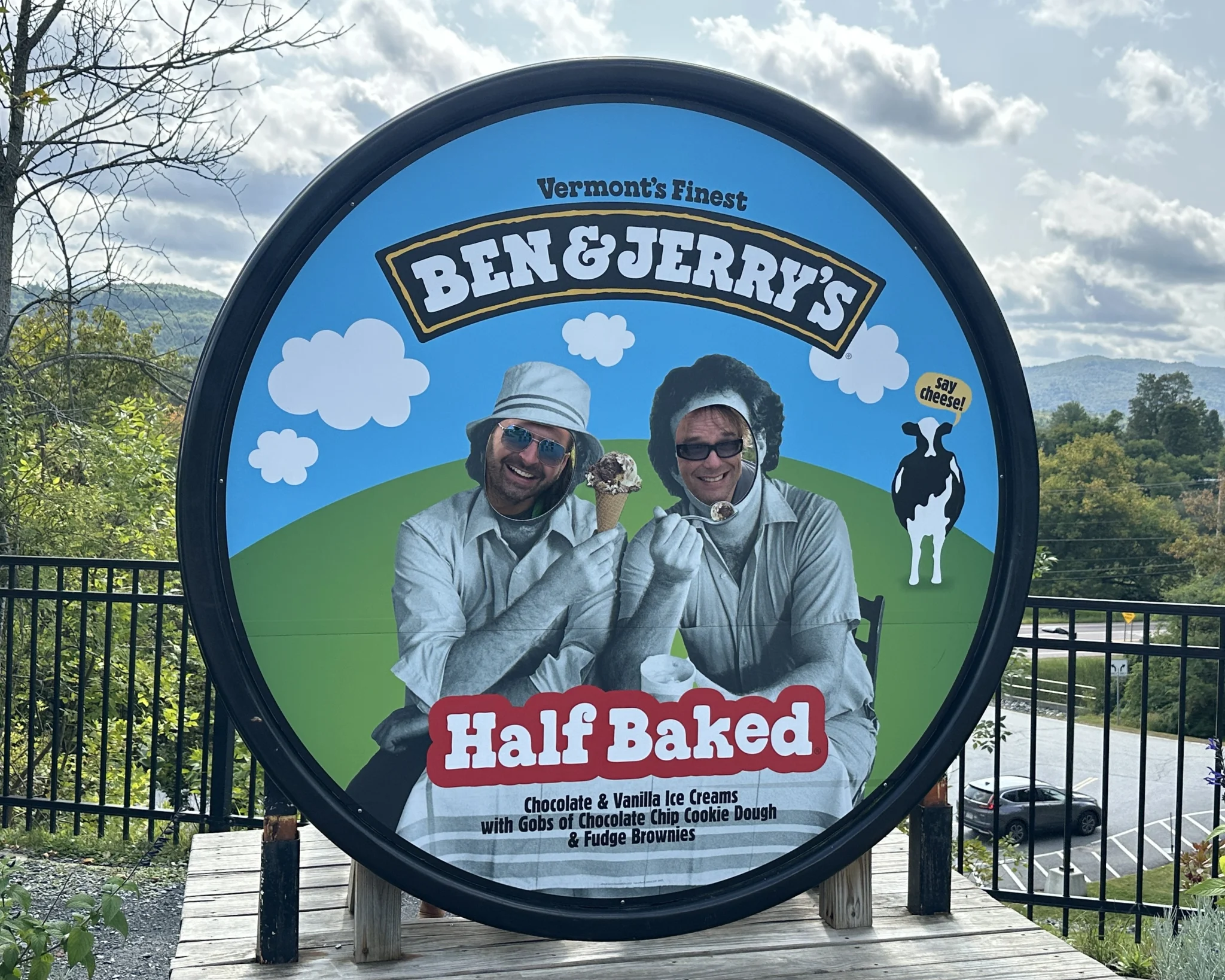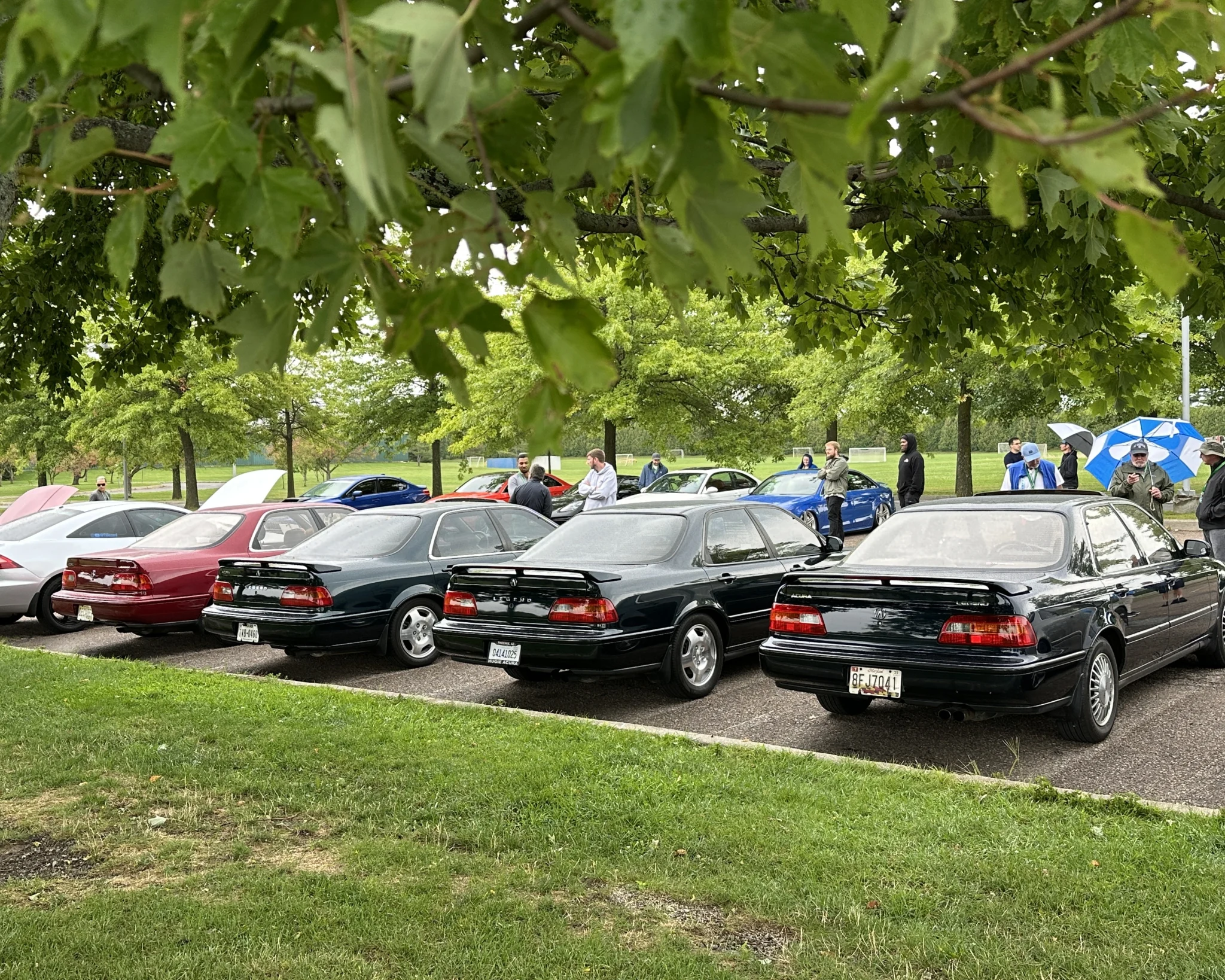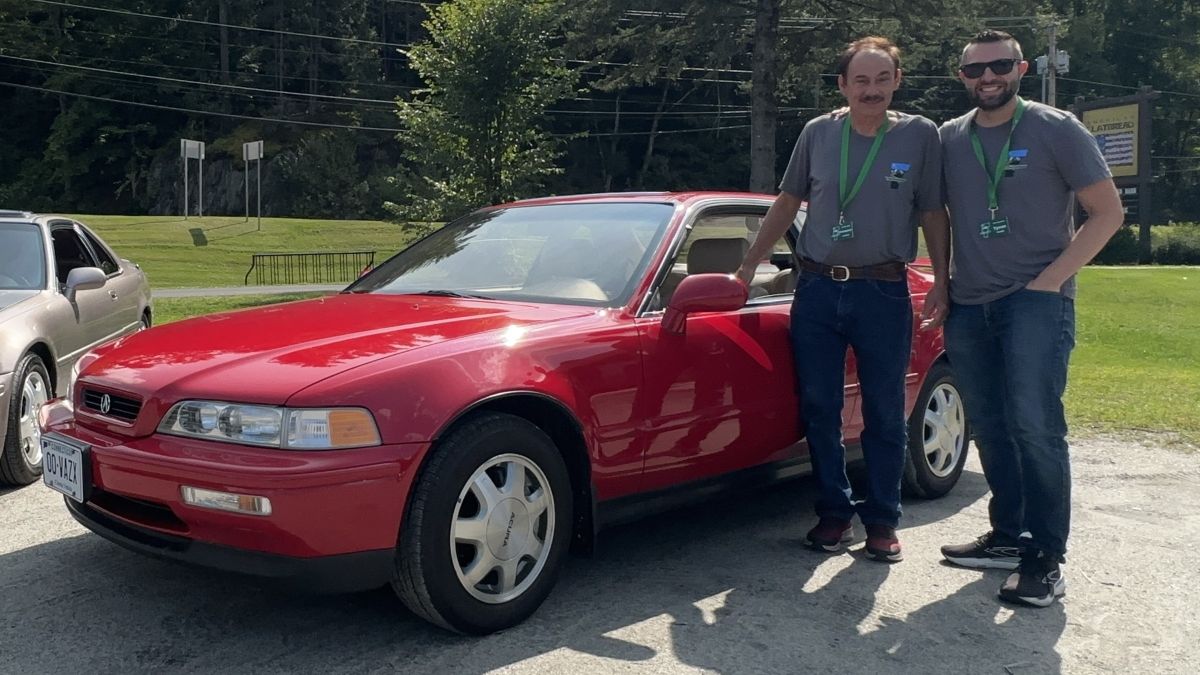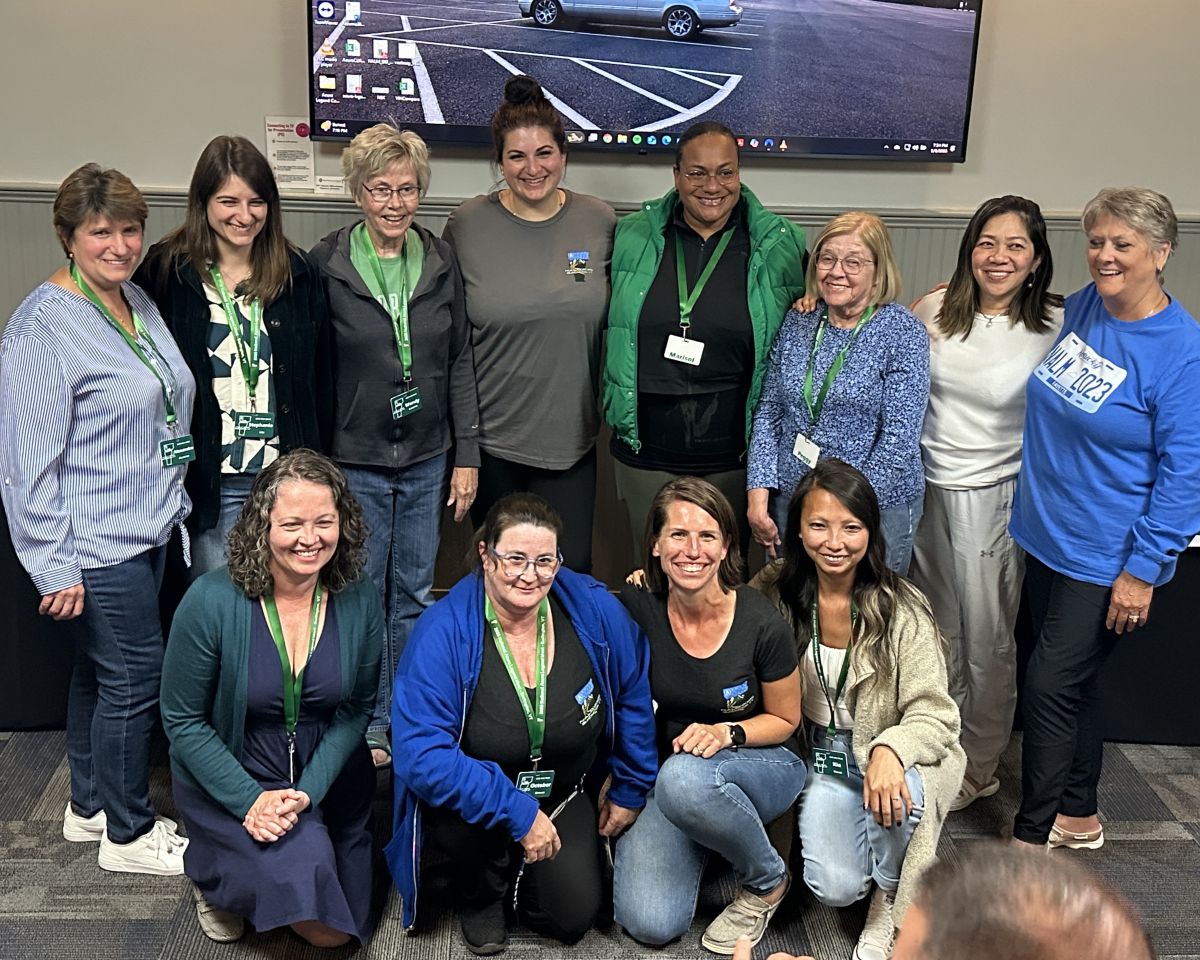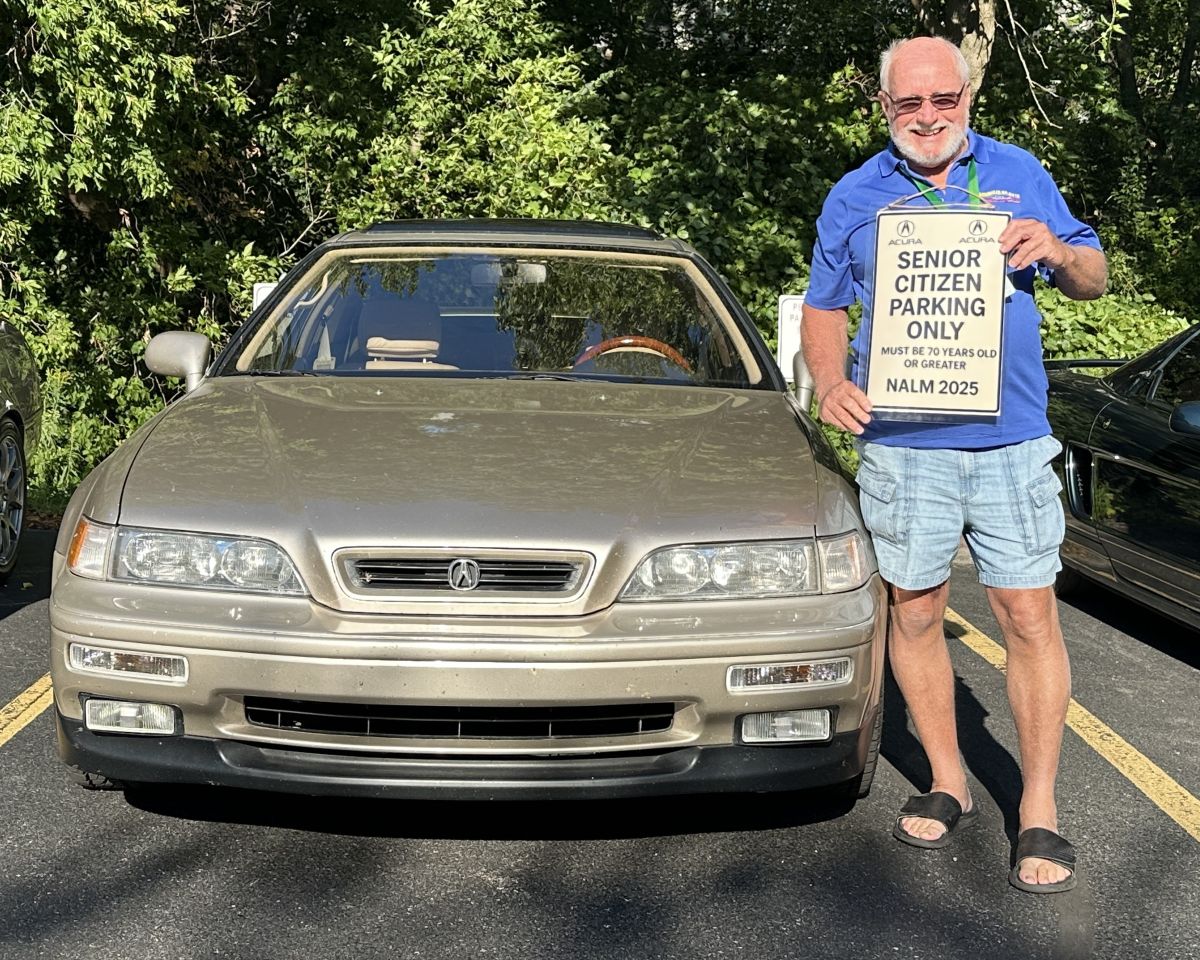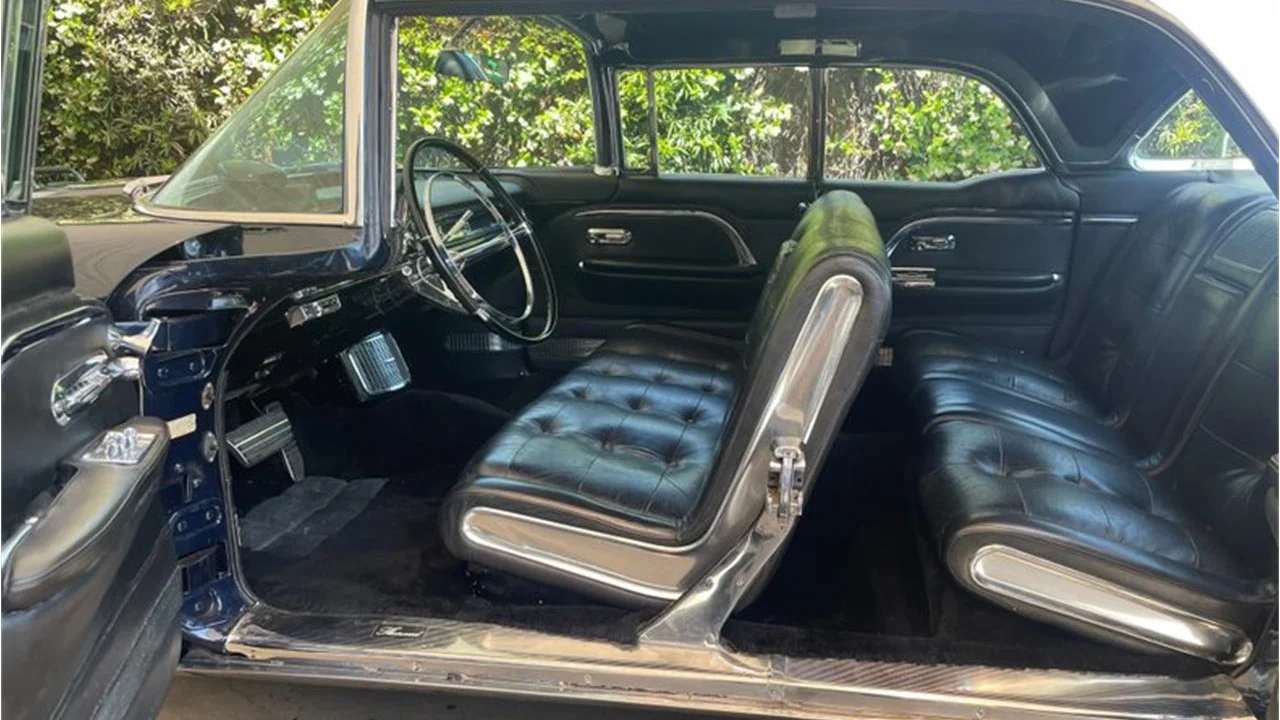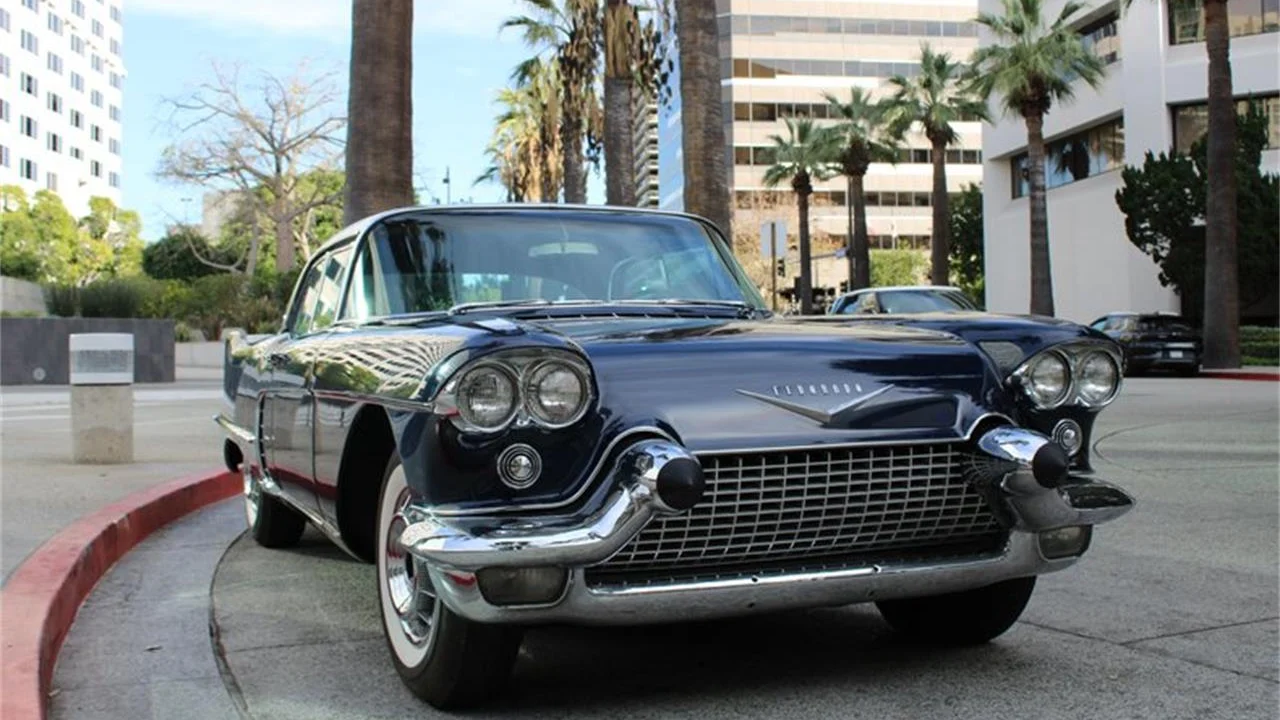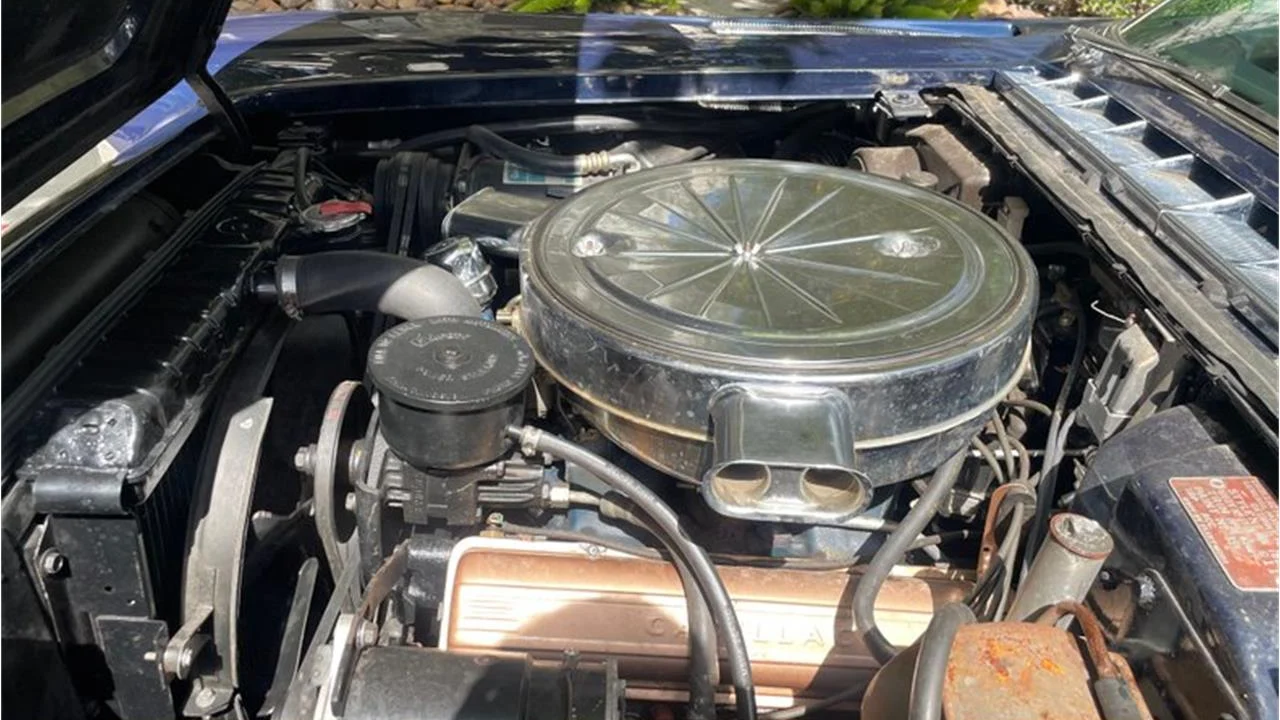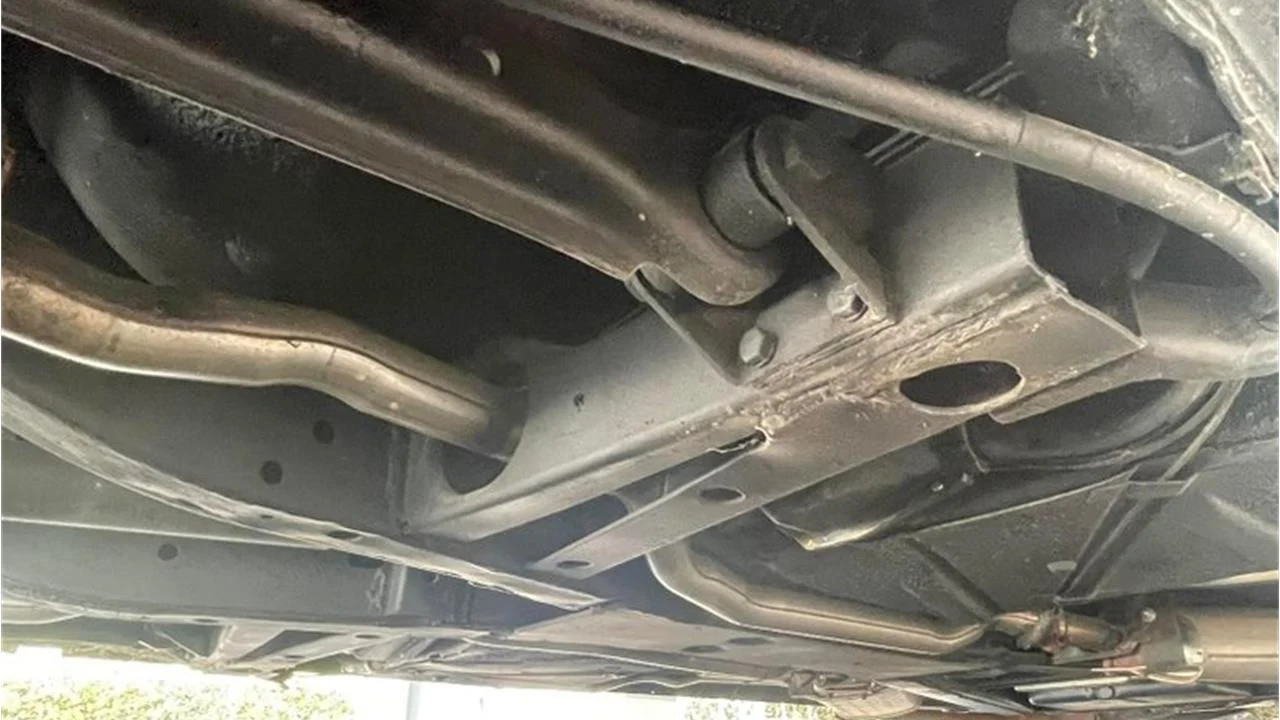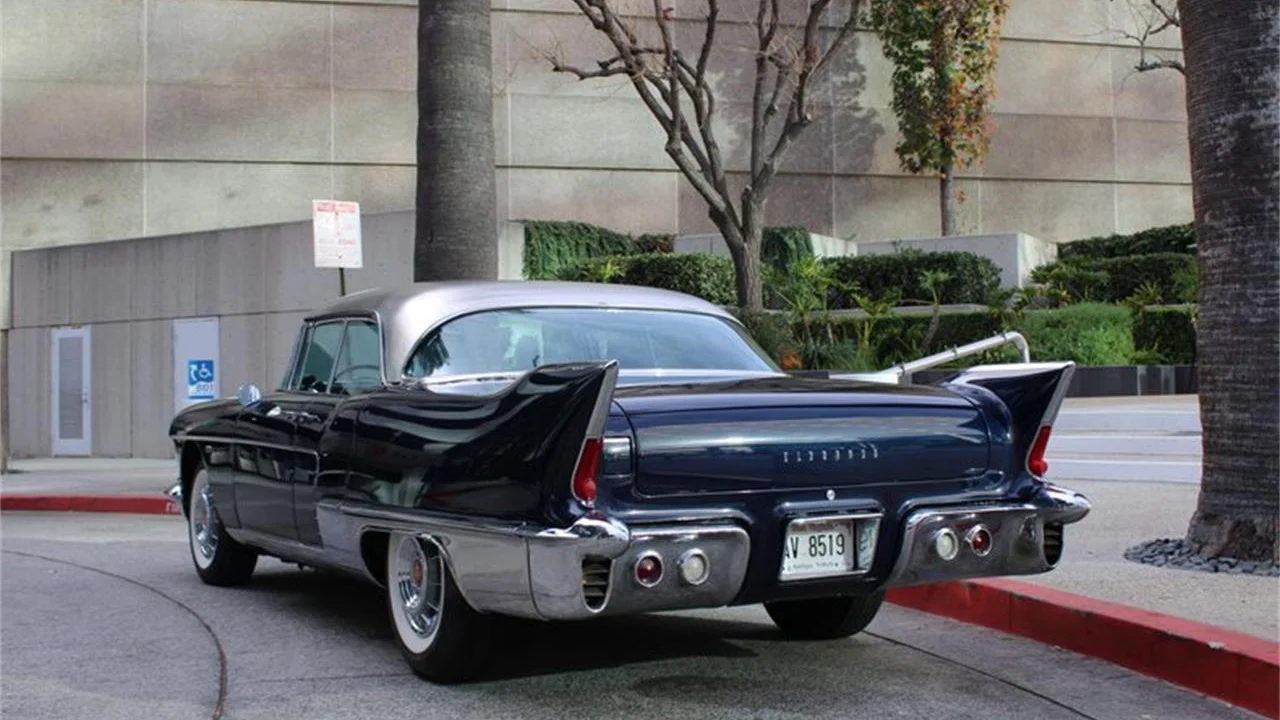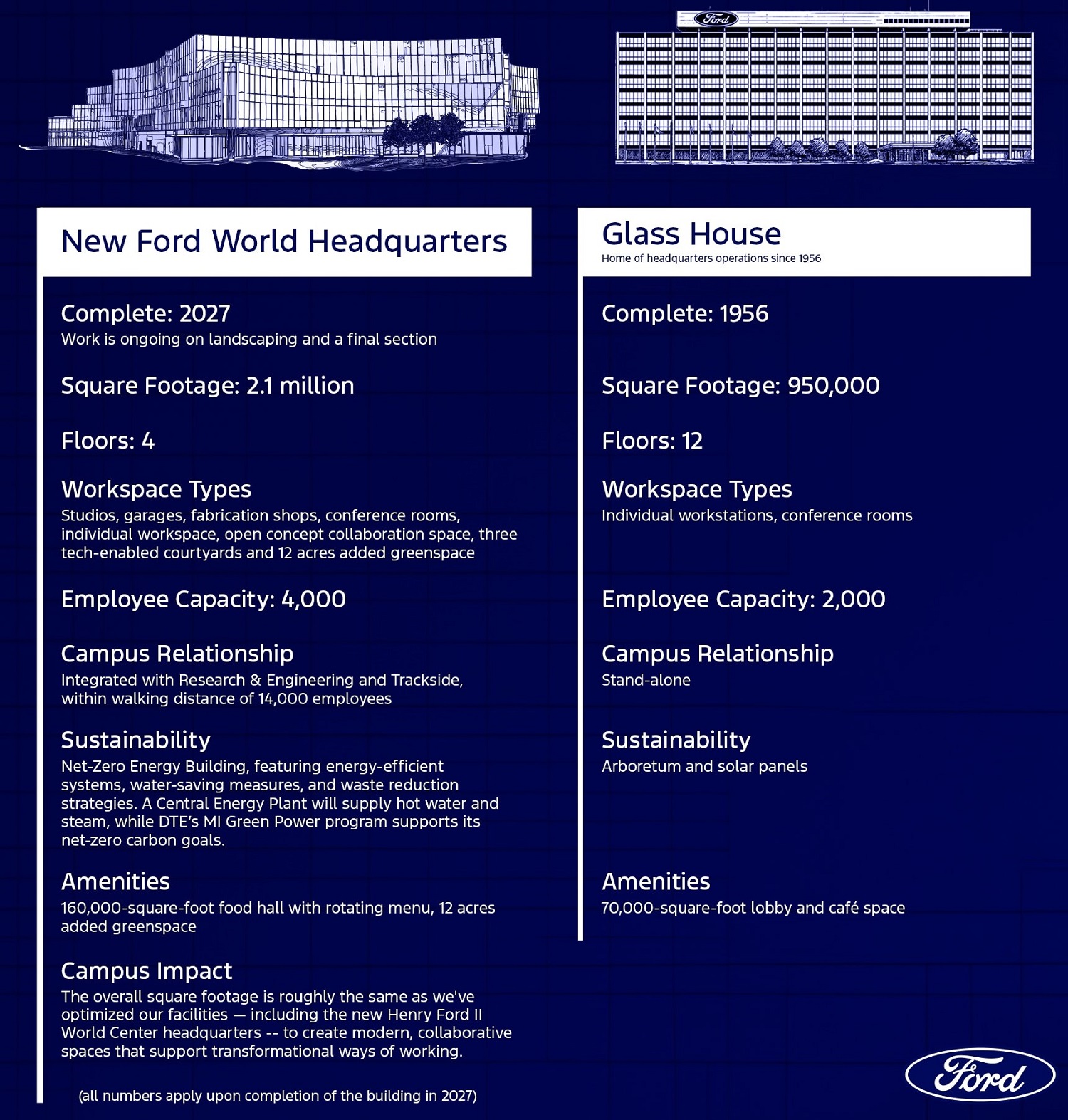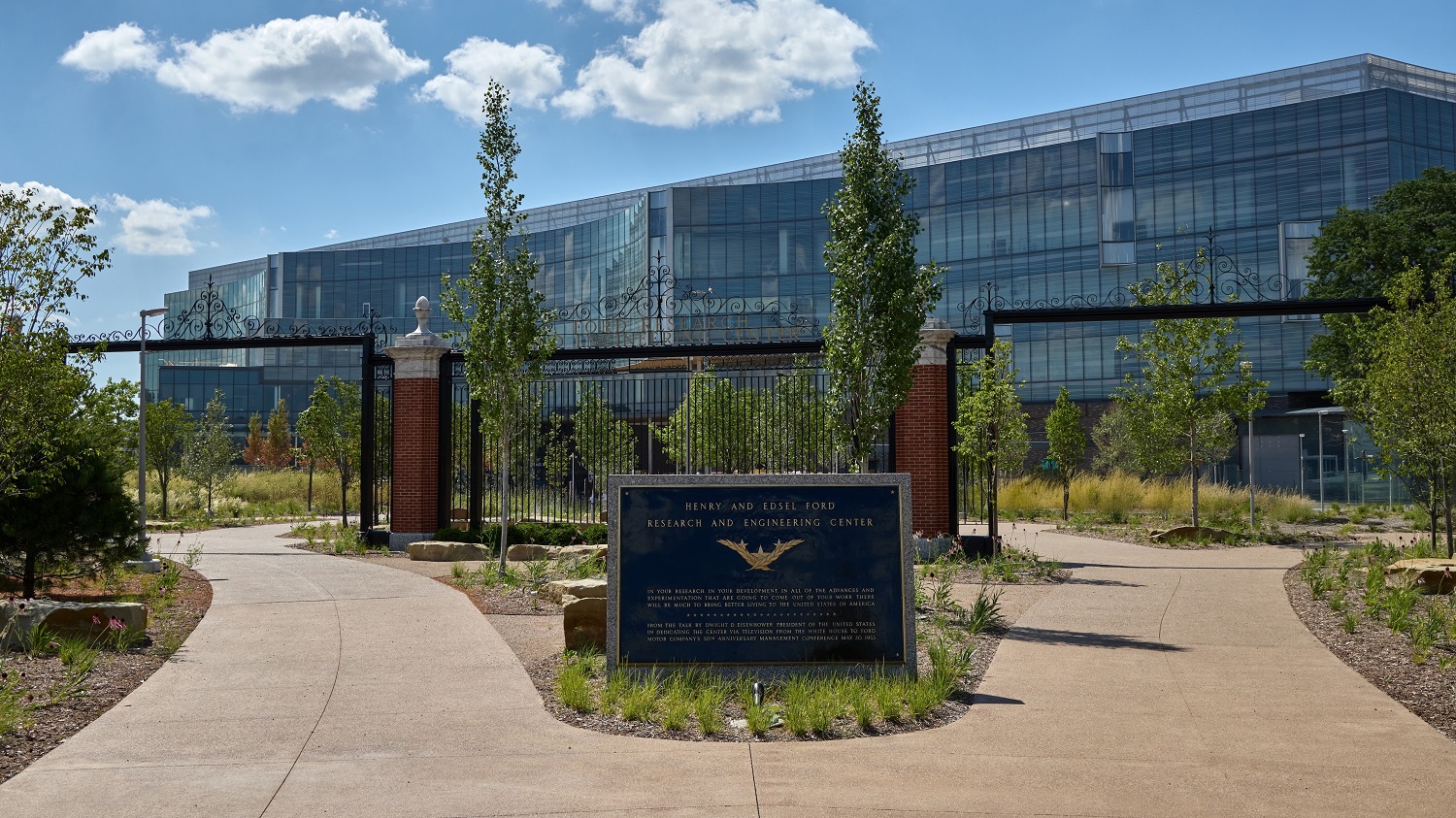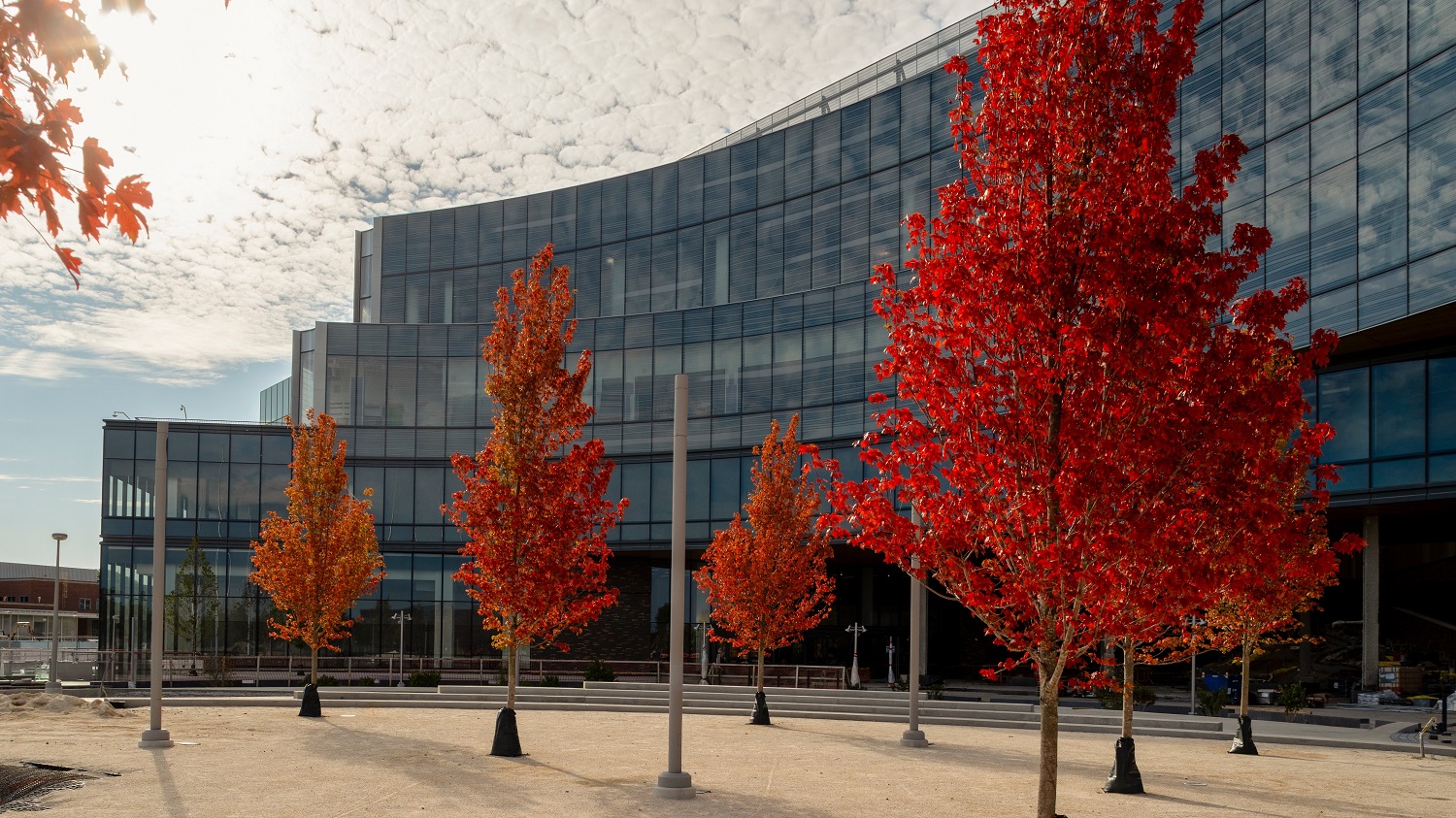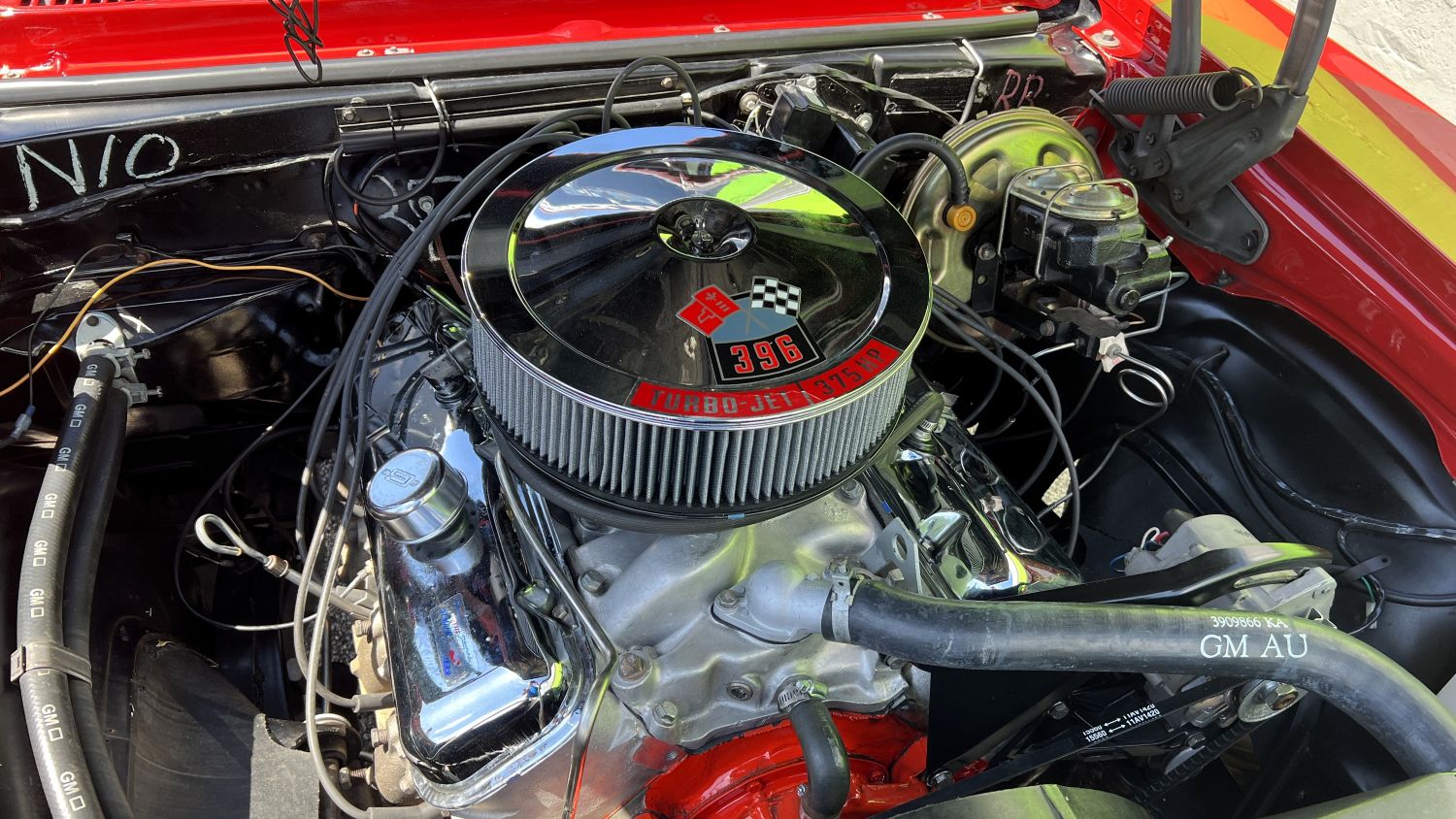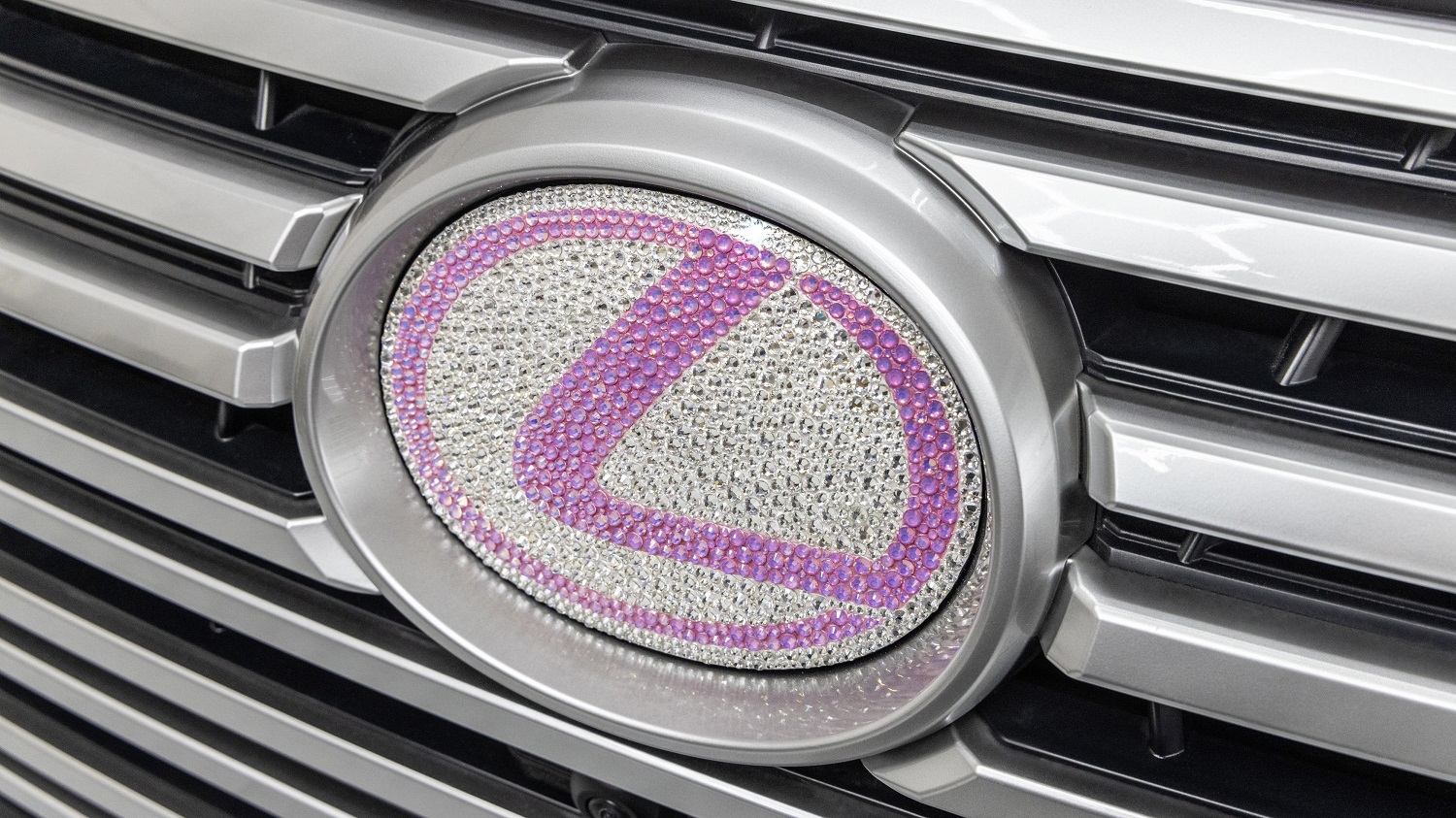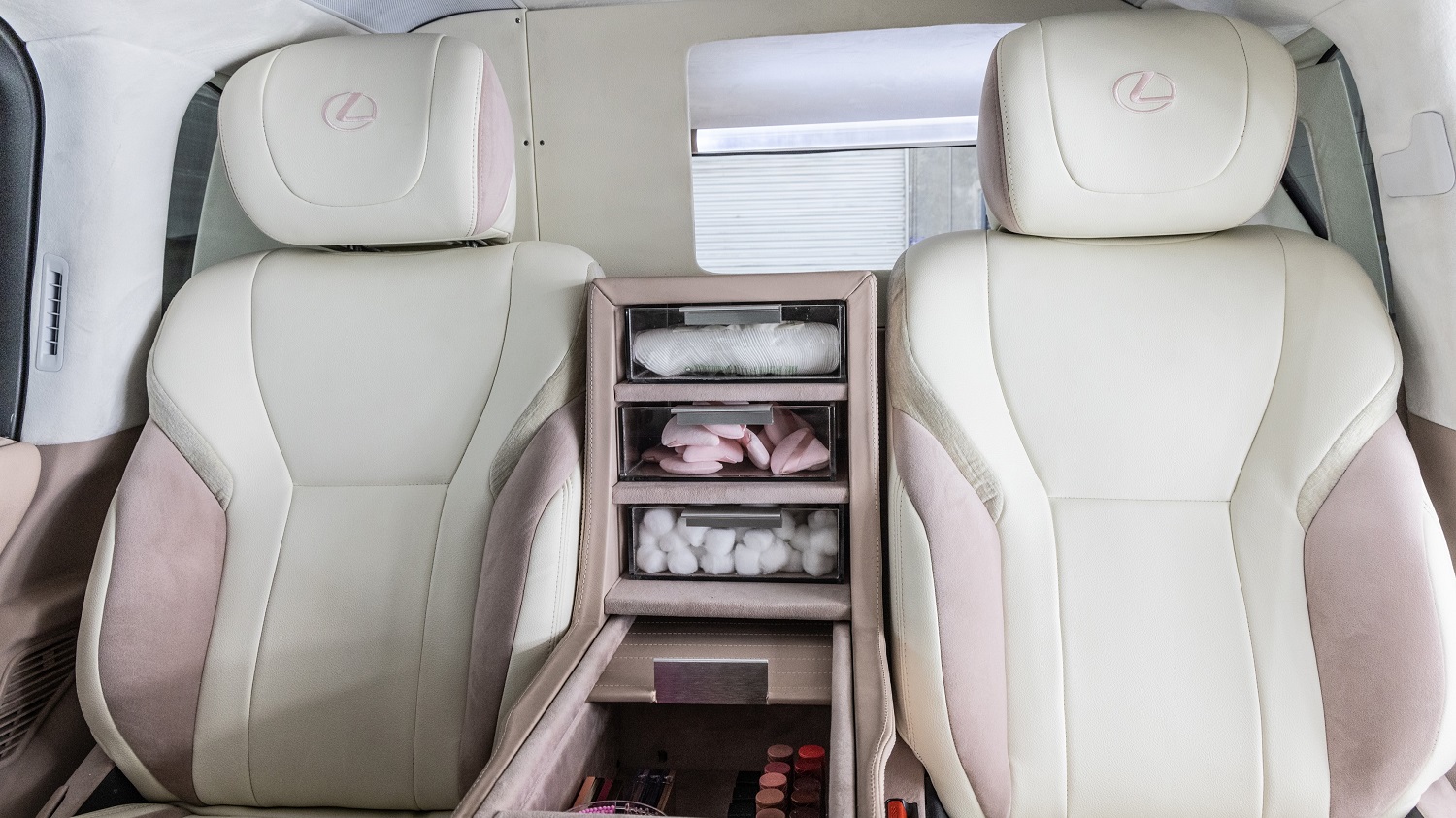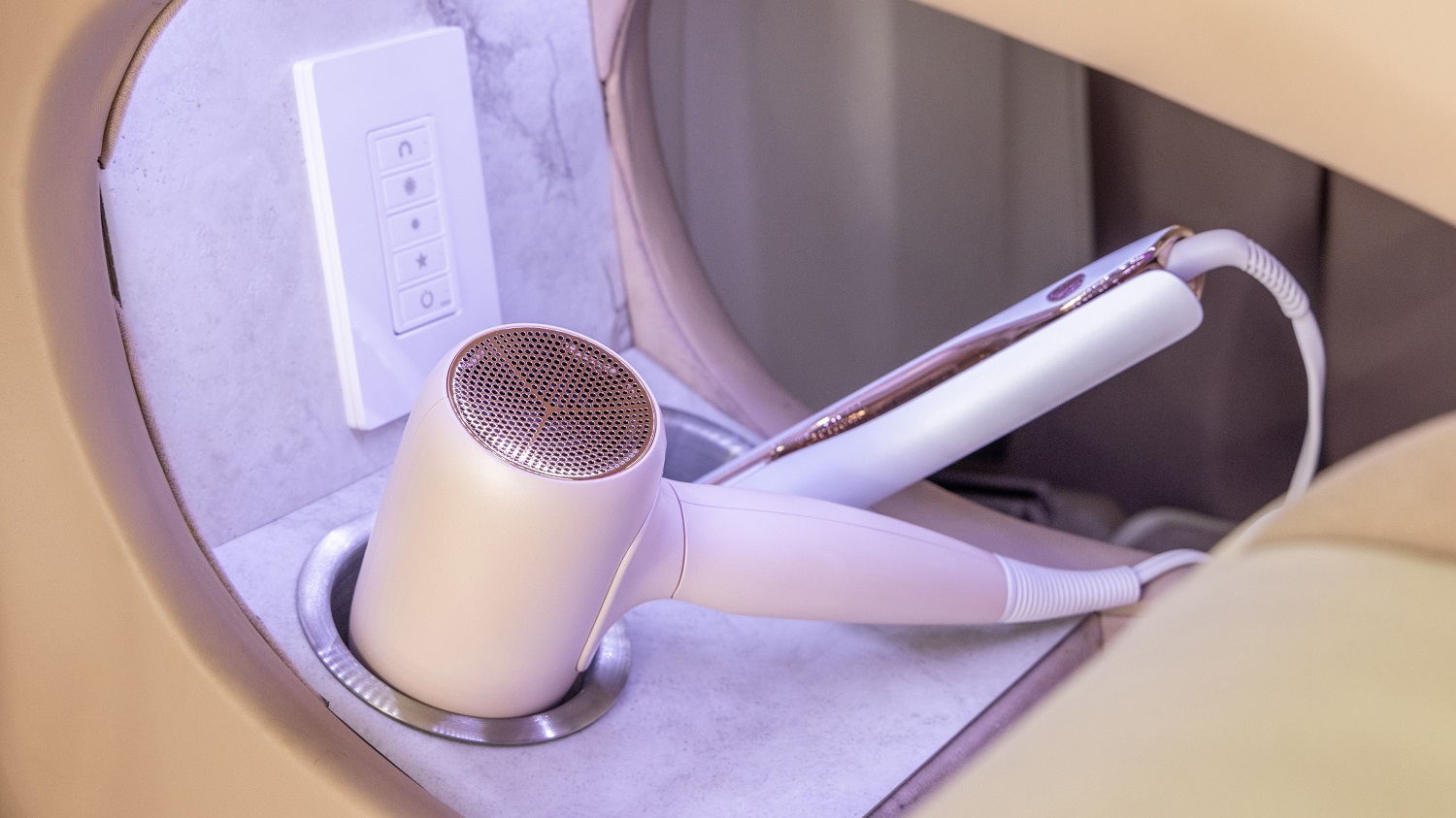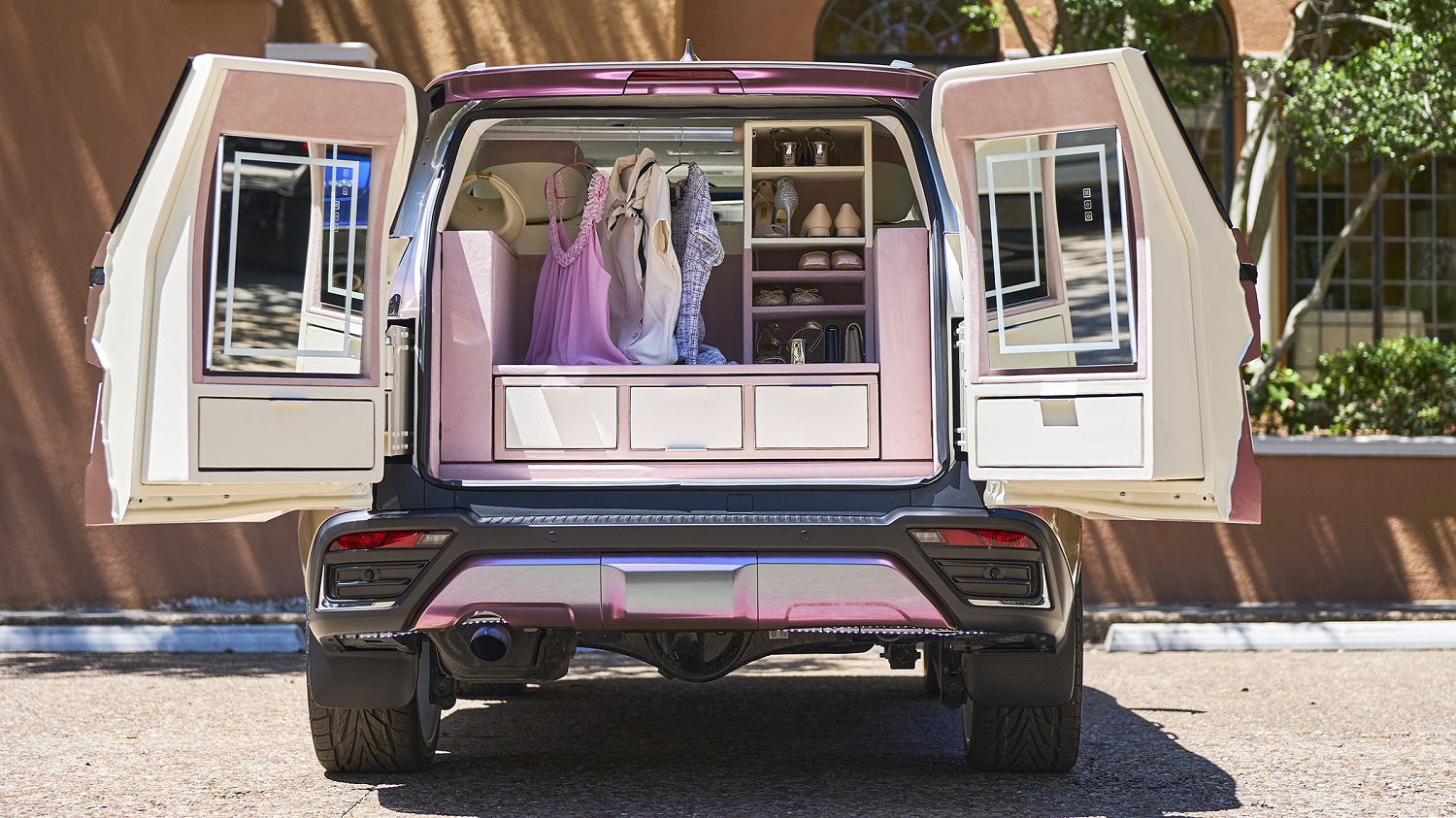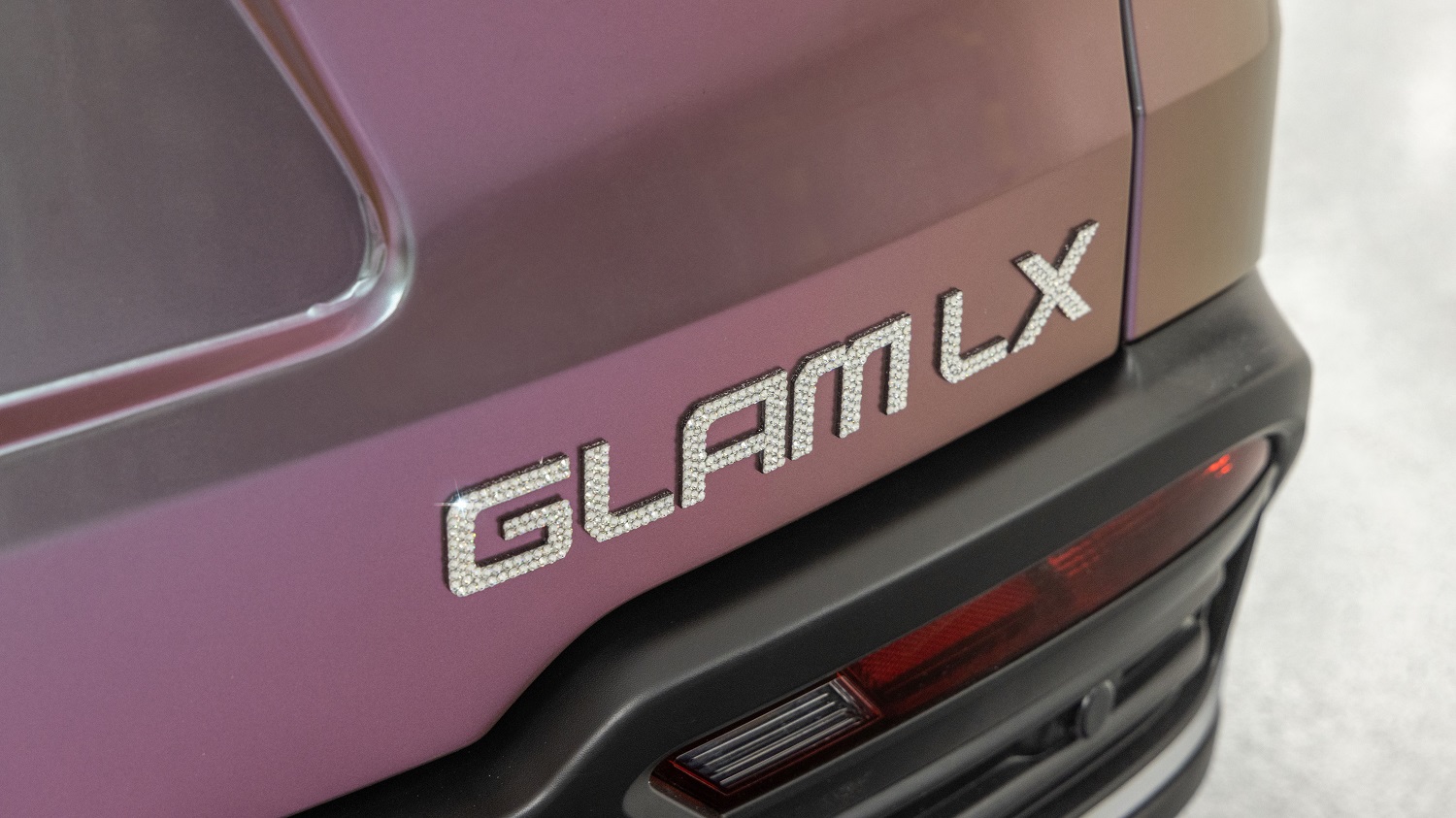Do you know any cars that are often misnamed? The Continental Mark II is a common example, as many people seem to call it a Lincoln. However, our Pick of the Day appears to have arguably confounded a greater number of enthusiasts. This 1967 Imperial Crown four-door sedan is listed for sale on ClassicCars.com by a private seller in Toronto, Ontario, Canada.
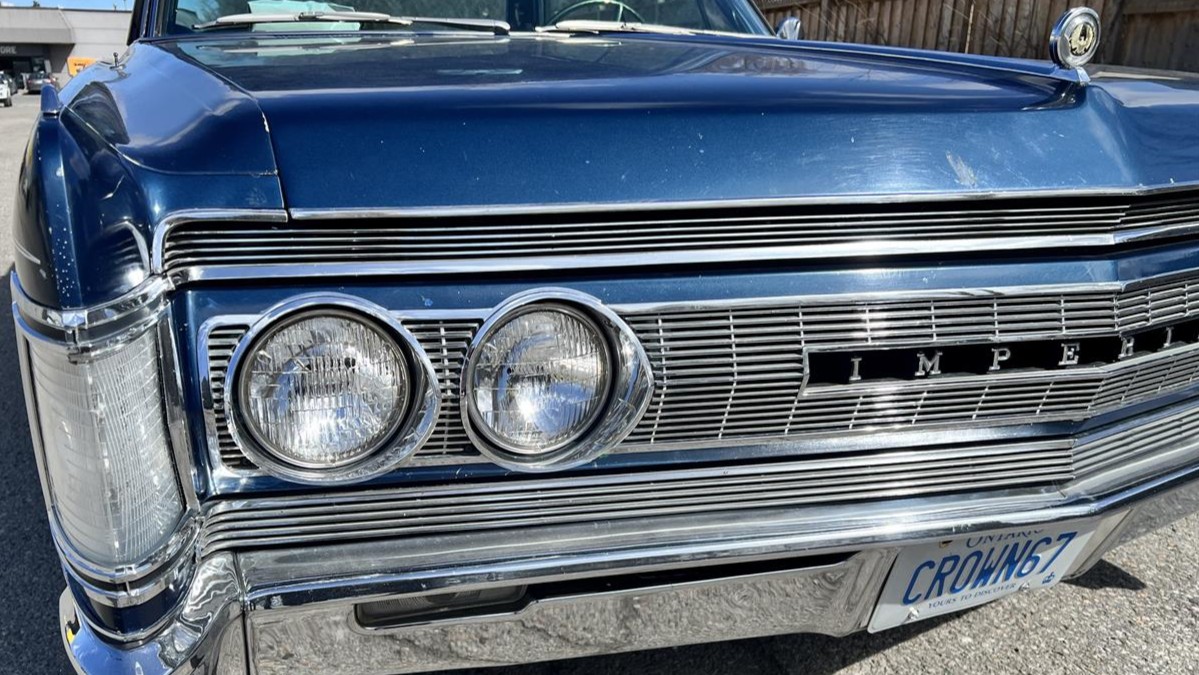
The Imperial name was first used by Chrysler in 1926, two years after Chrysler was introduced to the American market. Imperials were high-end Chryslers, but they were a difficult match for established high-end marques because they were powered by six-cylinder engines. A straight-eight was introduced in 1931, helping give the model gravitas within the segment. Fancier Imperials running with the big boys would eventually receive the Imperial Custom name, but through the Great Depression, Chrysler’s Imperial Custom models offered fewer and fewer variants.
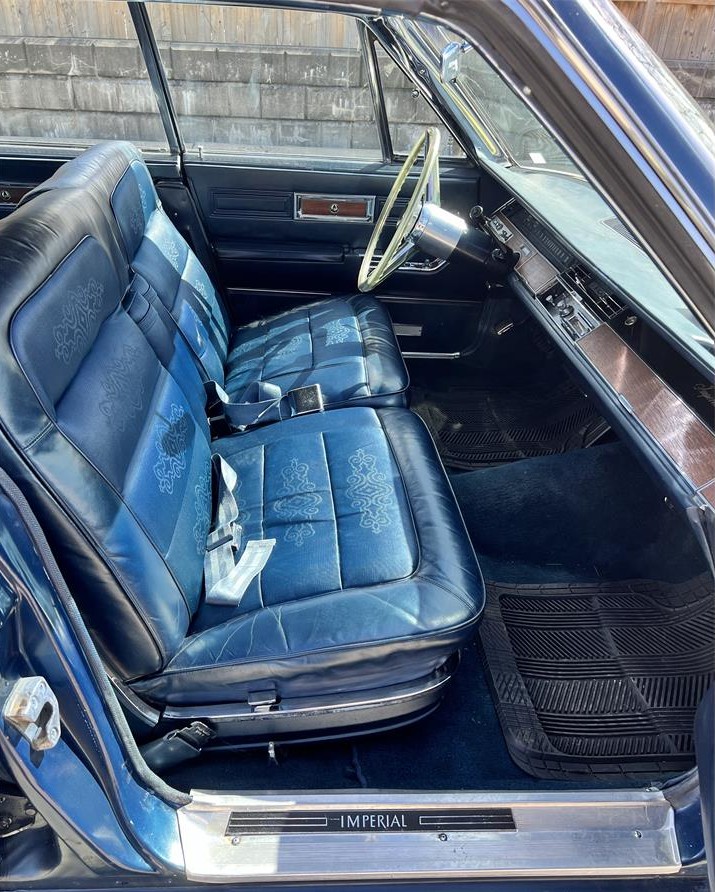
After the redesigned 1949 models, Imperial started to receive special styling distinction that had been missing for years, finally leading up to the unique “Forward Look” Imperials for 1955. This was the year that Imperial was spun-off from Chrysler and was considered a separate make.
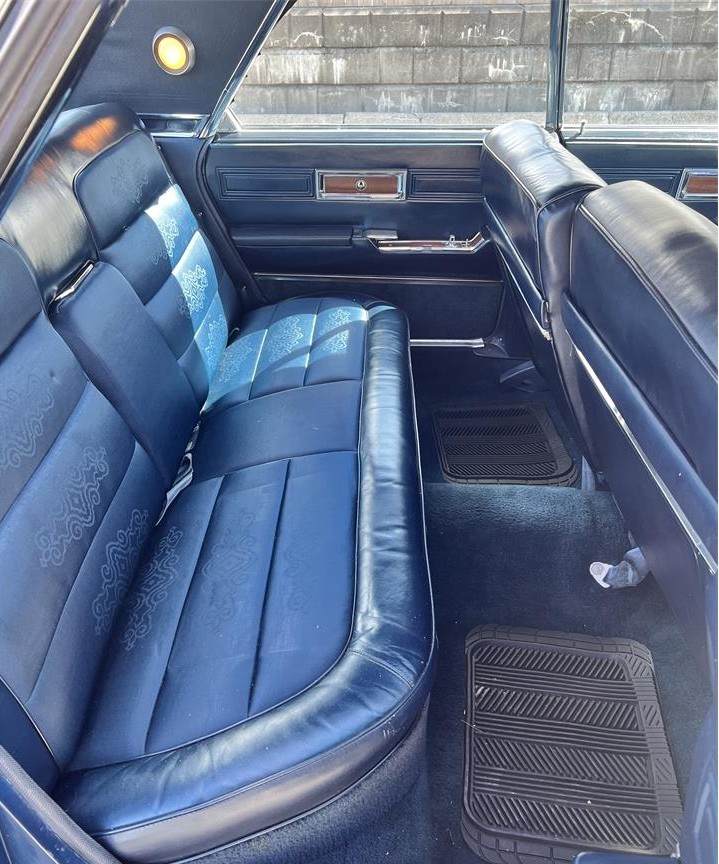
When Chrysler Corporation introduced unitized construction for 1960, Imperials continued to be built on the same platform as they had been since 1955. This would continue through 1966, upon which Chrysler Corporation brought Imperial to the “Unibody” C-body platform shared with all full-size Chrysler Corporation vehicles.
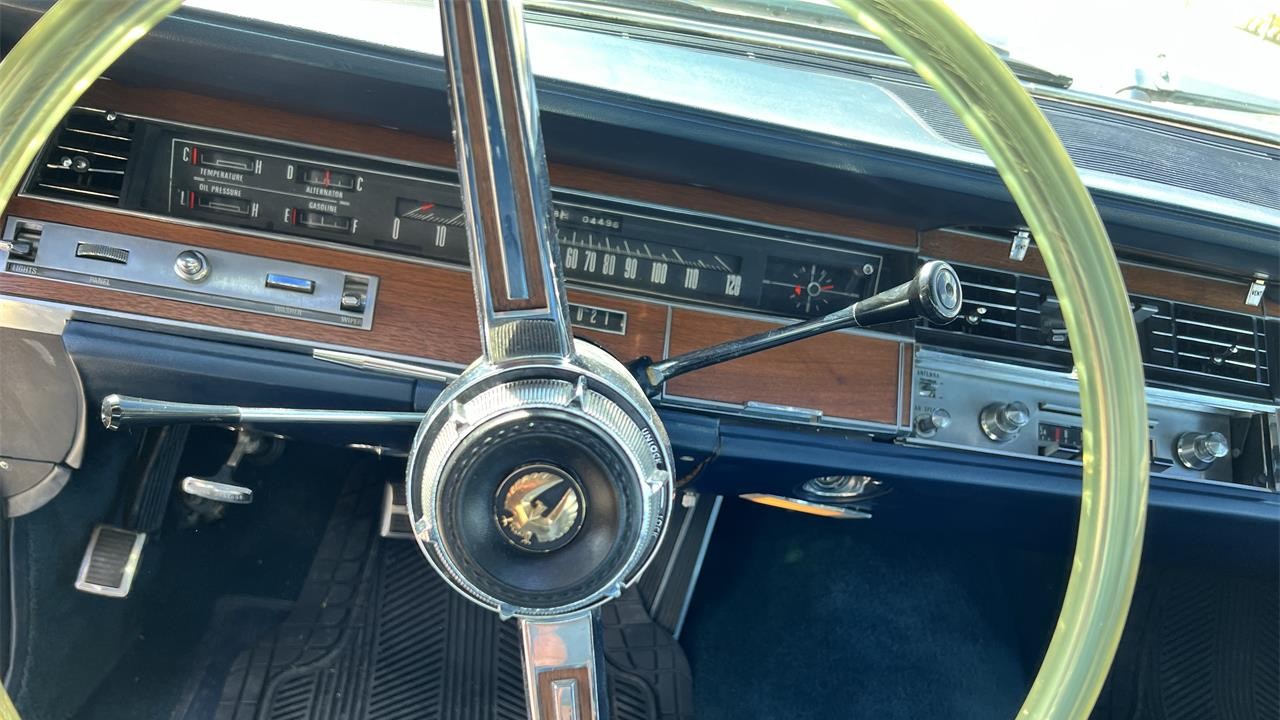
These were the most Chrysler-looking Imperials since the spin-off 12 years earlier, though let’s not discount them because they were still 100 percent Imperial. Imperial models were base (four-door sedan), Crown (four-door hardtop and two-door hardtop and convertible), and LeBaron (four-door hardtop). Lantern-like cornering/parking lights and full-width semi-hidden taillights were two styling features that set Imperial apart; more subtle distinctions included walnut-grained exterior door-handle inserts and a passenger assist handle built into the padding of the instrument panel. Powering all Imperials was a 440ci V8 rated at 350 horsepower, helping Imperial maintain its reputation as the most roadable of America’s luxury brands.

This Regal Blue metallic 1967 Imperial Crown four-door hardtop was the most popular Imperial model and body style at 9,415 built, exceeding the next-most popular offering by over 6,000 units. “Rust-free body and undercarriage. Odometer shows approximately 105,000 miles,” says the seller. “The interior is in very good condition, with only slight wear showing on the driver’s seat. The air conditioning compressor was fully rebuilt about 2 years ago.” The engine was rebuilt 3,000 miles ago and now features an electronic ignition module. The 727 TorqueFlite was also rebuilt approximately 4,000 miles ago.
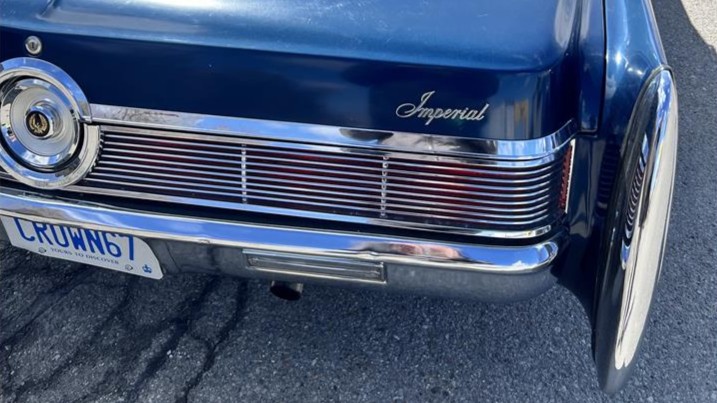
Adds the seller, “This car has been driven recently … on trips up to 500 kilometers long (round trip: 1000 km) with confidence.” With five new tires, this car sounds ready for a road trip. For $13,950, where would you go? And would you correct the folks who call it a Chrysler?
Click here to view this Pick of the Day on ClassicCars.com


